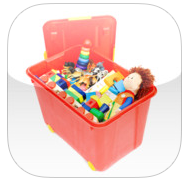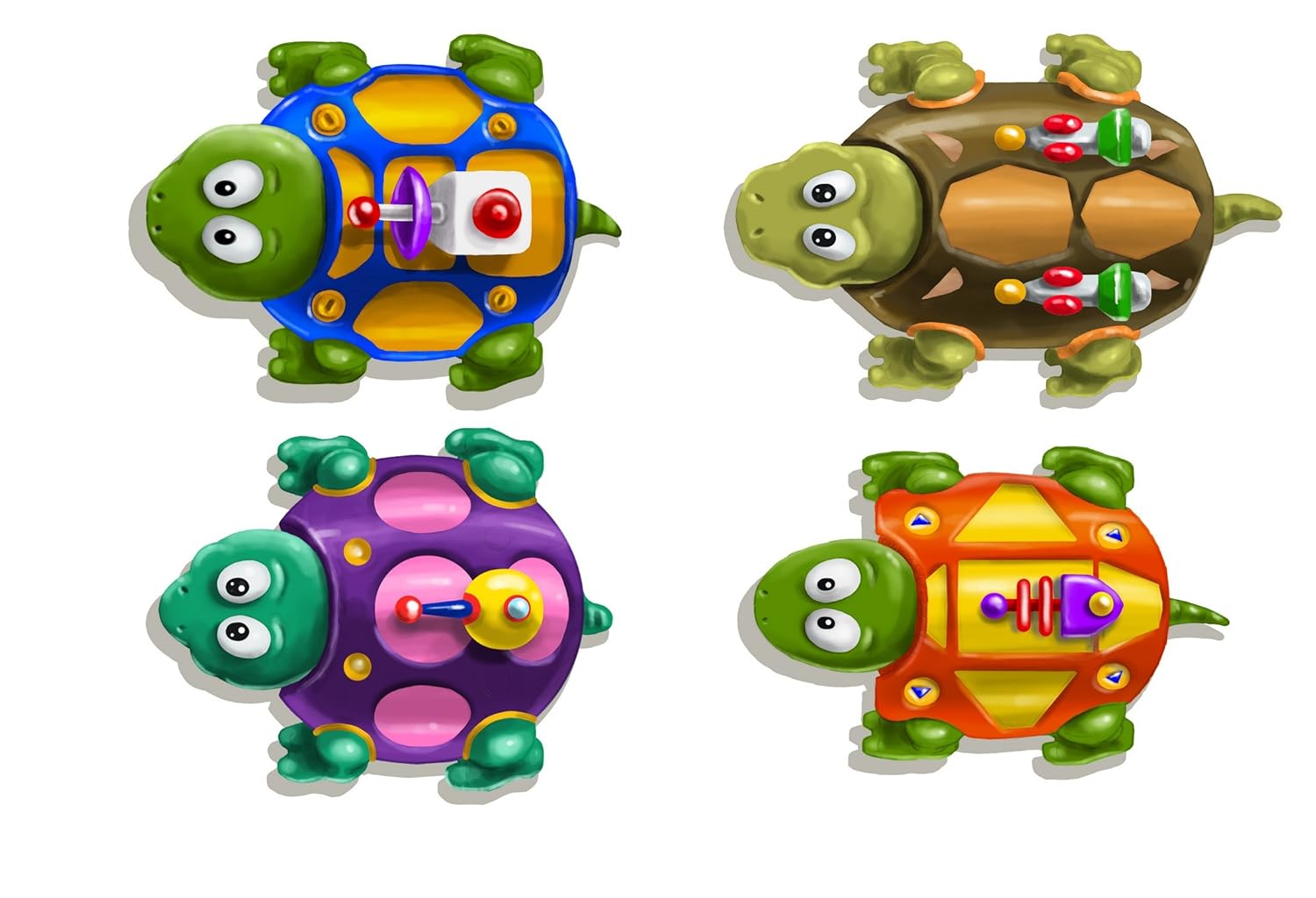An essential part of ABA is providing evidence-based treatment. Research is consistently being done all around the world to determine best practices for working with learners with autism, as well as addressing many issues outside of the realm of special education. This week, we’re pleased to introduce the first in a new month series: Simplifying the Science. In this feature, BCBA Sam Blanco will highlight one paper from the world of research to help provide you with a deeper resource base. She’ll delve into the study and offer some strategies on how the findings apply to your programming needs. Our hope is that these monthly tips will shed a different light for you on the importance of looking to research for guidance.
_________________________________
 When faced with feeding issues, many parents or caregivers may not consider seeking out help from a BCBA or behavior analyst. There is a tendency to associate ABA with sitting at a table and completing discrete trials, but this is only one tool in a behavior analyst’s extensive toolkit. Whether you are providing intervention for feeding issues or seeking more information, it is essential to look to scientific research for help.
When faced with feeding issues, many parents or caregivers may not consider seeking out help from a BCBA or behavior analyst. There is a tendency to associate ABA with sitting at a table and completing discrete trials, but this is only one tool in a behavior analyst’s extensive toolkit. Whether you are providing intervention for feeding issues or seeking more information, it is essential to look to scientific research for help.
There are several studies available about feeding issues, and many of these studies are specific to feeding issues in individuals with autism. One such study was published in 2010 in the Journal of Applied Behavior Analysis (JABA) by Hildur Valdimarsdóttir, Lilja Ýr Halldórsdóttir, and Zuilma Gabriela SigurÐardóttir. “Increasing the Variety of Foods Consumed by a Picky Eater: Generalization of Effects Across Caregivers and Settings” provides one detailed case in which a five-year-old boy with autism refused to eat anything beyond meatballs, fishballs, fruits, and cereal. While his school had had some success with getting him to eat a few new items, the boy’s parents were unable to reproduce the same results at home.
The intervention the researchers used involved multiple steps that would require the assistance of a BCBA or skilled behavior analyst if you wanted to replicate it at home. In order to increase the number of foods this boy ate, the intervention included several behavioral techniques such as escape extinction (not allowing the child to escape mealtime upon refusing to eat or engaging in inappropriate behavior), stimulus fading (setting goals of increasing difficulty), and a schedule of reinforcement (frequency of reinforcement for appropriate behavior) that was systematically thinned as the child experienced success. By the end of the intervention, the boy was consuming 39 new, “non-preferred” foods, including 14 vegetables.
You can read the research study here, which I recommend you share with your child’s ABA provider. I also suggest taking a peek at the references listed at the end for insight into other resources. This particular study is of a five-year-old boy with autism, but you may find studies that are more relevant for your particular child.
In the end, when you’re feeling at a loss for strategies on improving your child’s eating, there is a lot of research out there. It takes time to go through it and set up a similar system for your own child, but the end result can have a huge impact on your child’s health as well as the stress-level in your home during mealtimes. It is definitely worth the effort to attain more information.
Written by Sam Blanco, BCBA
Sam is an ABA provider for students ages 3-12 in NYC. Working in education for ten years with students with Autism Spectrum Disorders and other developmental delays, Sam has developed strategies for achieving a multitude of academic, behavior, and social goals.
 Save 15%* this week on Sensible Pencil, an easy-to-use handwriting program for both parents and professionals to use with their learners. Children learn to print upper- and lowercase letters and numbers, using eleven basic lines. Use our promo code PENCIL3 this week only to redeem your savings on the Sensible Pencil handwriting workbook.
Save 15%* this week on Sensible Pencil, an easy-to-use handwriting program for both parents and professionals to use with their learners. Children learn to print upper- and lowercase letters and numbers, using eleven basic lines. Use our promo code PENCIL3 this week only to redeem your savings on the Sensible Pencil handwriting workbook.
 One quote from the paper states, “Not only do people strive for freedom in a broad sense they also enjoy making simple choices, such as whether to engage in unproductive, though harmless, activities, like watching sitcoms on television, eating too many doughnuts, taking time off from work, or taking a nap before dinner.” In an effort to teach our learners independent skills, we often neglect to teach meaningful decision-making that reflects the types of decisions neurotypical adults make every day. Since the paper was originally published, there has been more work done on promoting decision-making skills for learners with developmental disabilities, but the issues described in the paper are still relevant today.
One quote from the paper states, “Not only do people strive for freedom in a broad sense they also enjoy making simple choices, such as whether to engage in unproductive, though harmless, activities, like watching sitcoms on television, eating too many doughnuts, taking time off from work, or taking a nap before dinner.” In an effort to teach our learners independent skills, we often neglect to teach meaningful decision-making that reflects the types of decisions neurotypical adults make every day. Since the paper was originally published, there has been more work done on promoting decision-making skills for learners with developmental disabilities, but the issues described in the paper are still relevant today. When faced with feeding issues, many parents or caregivers may not consider seeking out help from a BCBA or behavior analyst. There is a tendency to associate ABA with sitting at a table and completing discrete trials, but this is only one tool in a behavior analyst’s extensive toolkit. Whether you are providing intervention for feeding issues or seeking more information, it is essential to look to scientific research for help.
When faced with feeding issues, many parents or caregivers may not consider seeking out help from a BCBA or behavior analyst. There is a tendency to associate ABA with sitting at a table and completing discrete trials, but this is only one tool in a behavior analyst’s extensive toolkit. Whether you are providing intervention for feeding issues or seeking more information, it is essential to look to scientific research for help.







 Recently I took a thirteen-year-old boy with autism grocery shopping for the first time. We had practiced all of the steps for paying: looking at the total on the register, taking out the necessary bills or coins, waiting for change, making sure we had correct change, returning the money to the wallet, etc. While I thought he was ready to do this in a natural environment, I did not expect what actually happened.
Recently I took a thirteen-year-old boy with autism grocery shopping for the first time. We had practiced all of the steps for paying: looking at the total on the register, taking out the necessary bills or coins, waiting for change, making sure we had correct change, returning the money to the wallet, etc. While I thought he was ready to do this in a natural environment, I did not expect what actually happened. Keep your wallet in your hand, do not lay it on the counter.
Keep your wallet in your hand, do not lay it on the counter.

 As the school year comes to a close, it can be quite challenging to figure out how to fill all those summer hours for any child. But if your child has autism, the challenge to provide structure can prove especially difficult. Below are a few tips to assist you in that endeavor.
As the school year comes to a close, it can be quite challenging to figure out how to fill all those summer hours for any child. But if your child has autism, the challenge to provide structure can prove especially difficult. Below are a few tips to assist you in that endeavor.
 We’re thrilled to announce the arrival of the highly-rated game
We’re thrilled to announce the arrival of the highly-rated game 